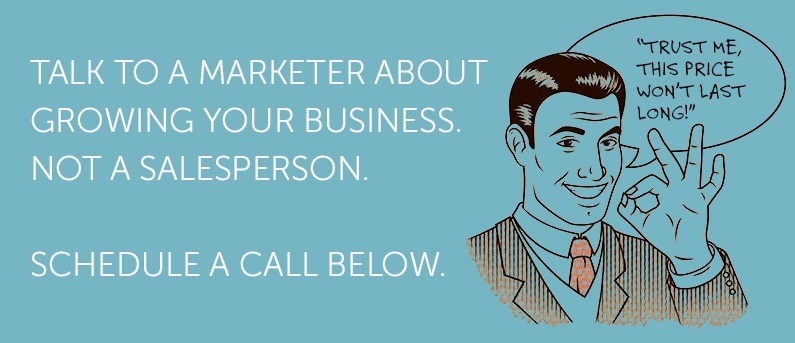Your mission statement has more impact than you might think. It is the core of your brand identity, the message you send to your customers and the face you want to present to potential buyers. An effective mission statement says a lot about your company and its commitment to its customers.
What constitutes an effective mission statement? To ensure that yours is on target, first ask some important questions: What does your company stand for? Who are you speaking to? What value can you provide to these people? Why should they buy from you?
The best mission statements are never static—they are constantly evolving with a company and its growth. Whether you want to create your business' mission statement from scratch or update an existing one, you can stay on track with the following key considerations:
1. Unify your message.
Your company may do many different things. But when it comes time to tell people who you are and what you do, you need to consolidate all of those things into one clear, cohesive message. Trying to touch on too many different aspects of your business won't just make your mission statement harder to grasp; it will dilute its power, as well.
A simple, concise sentence that distills the essence of your company is much more effective and memorable than a rambling paragraph about all of its accomplishments and goals.
2. Be consistent with your brand identity.
What is your brand personality? Align the content and tone of your mission statement with it, and you will present an authentic and consistent voice to your readers. Is your brand casual and fun? Dynamic and innovative? Buttoned-up and reliable? Whatever the answer, your mission statement should reflect this. Let people see who you are right off the bat and don’t be afraid to inject personality!
Mission statements don’t have to be boring and serious. Take Blizzard Entertainment (creators of World of Warcraft):
“…The goal of each discipline within the company—be it art, programming or customer support—is to make our games as fun as possible for as many people as we can reach.”
Nothing stuffy here, yet it clearly and correctly identifies their brand personality so that the reader of the statement knows exactly what to expect.
3. Think long-term.
While your mission statement is likely to evolve over time as your company grows and defines itself, it’s important to identify upfront the core values that will never change. Craft a mission statement that captures these values and you can always build on it later.
Think about the immutable truths. Are you ever going to NOT want to provide excellent customer service? Will you ever STOP striving to give customers the best value for their money? Include these company values in your statement and they will become the central message around which all other ideas revolve.
4. Everyone counts.
The formation of a mission statement is a perfect opportunity to get your whole team together to brainstorm for ideas. In fact, it’s inadvisable to leave out the thoughts and opinions of others during this process. When you put more than one head together you can get different angles and perspectives on the issue. Everyone has valuable ideas about what your company stands for, and you can get some really interesting input from those who know the company best. Whether you source ideas through an in-person meeting or an online survey, your employees are sure to contribute some valuable input.
Your mission statement is more than just words. It is a reflection on your company and what it stands for. It defines your value to customers. And it is the voice and the personality of your brand. Craft one that stands out, that tells visitors why they should consider your business. They will remember you and your brand when it comes time to make the purchase.

